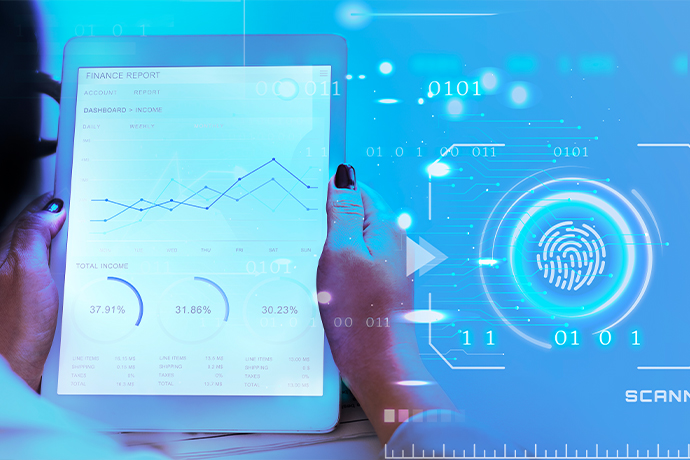 SPEAKERS
SPEAKERS
 TOPICS
TOPICS
Big data offers immense potential for insights and strategic decisions, yet its complexity can be overwhelming for businesses to manage effectively.

Over the past ten years, many businesses have been continuously flooded with enormous databases containing important information. Most of this data, starting from the inventory statistics to the various procedures of the company, brings with it both possibilities and difficulties. Although, some of the possible potentials of this big data is its ability to offer useful insight that stimulates creativity and strategic decision-making. However, the amount and intricacy of this data might often be too much to handle.
Therefore, to achieve an effective, stress-free way of maximizing the benefits of big data, you need to do more than just manage and keep them. To do more as an enterprise, the use of sophisticated technology such as AI-driven algorithms to analyze your data can't be overemphasized. Besides, big data and AI are closely related entities that work together to squeeze out more value for organizations in a variety of sectors.
So, do you want to know how big data and artificial intelligence work together? Or are you looking for the best big data AI machine learning program that suits your company’s standards? You are in the right place to get a solution to all your questions. Keep scrolling to know more.
Artificial intelligence for Big Data can be defined as a modern technology that uses AI algorithms and machine learning approaches to perform complex functions on business data. Many a time, experts usually call this innovative solution an AI for Data Analysis – due to its ability to study, extract, and interpret useful insights from intricate and sizable datasets.
Apart from automating and improving data analysis, the provision of fast, accurate, and scalable results are some of the core features of big data for AI. They are also capable of identifying patterns, forecasting outcomes, and continually enhancing performance with little humane assistance. Furthermore, big data and the AI world are dataset models that enable businesses to transform unstructured data into valuable assets.
When we discuss the relationship between big data and AI, we are referring to two models that are not only complimentary but also mutually dependent. In fact, most of these AI-driven systems often make use of large datasets from big data as the raw materials used to perform magic. Despite this action, the two components work discreetly with each other in various ways, such as:


Big data and AI are being used in diverse ways by numerous businesses that have realized the potential of deep learning analytical data enhancement. Let's take a look at some practical instances where these synergic models are used.
Big data and AI are having an impact on various kinds of businesses around the globe. Among this wide range of advantages are as follows:
These days, astute businesses use distributed, automated machine learning analytical systems that are built upon a myriad of data that are intended to simultaneously gather and combine data from various sources. With this digital footprint, many companies are able to have a greater insight into each individual.
Before, many organizations often used data from the previous year to analyze revenue for the current year. However, the emergence of big data in AI models has caused a rapid change for firms to predict how they will make performance go forward by analyzing historical trends and patterns. Additionally, this technology also helps businesses to make better decisions based on the provision of more information.
For companies of all sizes, fighting against fraudulent activities is an ongoing struggle. Nonetheless, businesses that use big data-driven analytics to spot fraud trends might stop unscrupulous actors by spotting irregularities in system activities. Most firms using big data have an edge because AI algorithms can sort through massive volumes of data from any section of the organization to find, detect, stop, and reduce fraudulent acts.
Going into the aspect of customer service and interaction, big data, and AI helps most businesses to better understand their target market and customers. It also helps them to know the usage pattern of their product and the reasons for customers' attrition. Additionally, many firms can use this model to discern what their clients are truly interested in and track their purchasing trends.

Big data and AI is a revolutionary strategic asset that can improve services. Besides being a good data source practically used in different organizations, they are also synergistic techniques that can transform your business. Most of these transformative benefits are customer service improvement, combat against fraud, and even market trend analysis.
Furthermore, both models are complementary fields that often work together to provide stress-free predictions and help you squeeze out powerful information. Therefore, the matter at hand now is not whether to use Big data for AI, but rather, how quickly and successfully to start this revolutionary process.